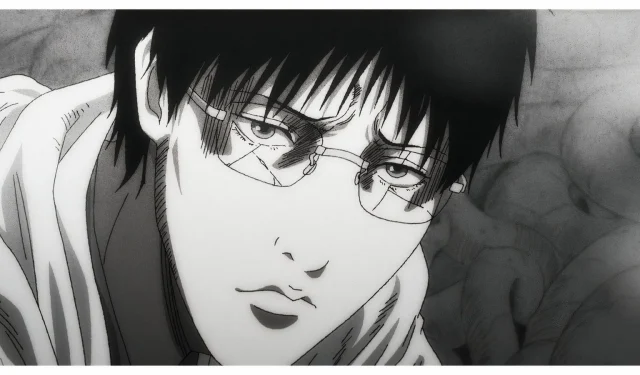
Highlights
- Animation displayed promise initially, but quality significantly declined after the second episode.
- Colin Stetson’s score stood out as the one consistent strong point of the series.
- Without director Hiroshi Nagahama, the pacing and coherence of Uzumaki suffered, leading to confusion.
Warning: The following contains spoilers for episode 4 of Uzumaki: Spiral Into Horror, which is now available for streaming on Adult Swim and MAX.
After enduring five tumultuous years of production and a critical wait of four weeks, the anime adaptation of Junji Ito’s Uzumaki: Spiral Into Horror has concluded. The first episode garnered considerable acclaim for its animation quality, soundtrack, and direction. However, by the second episode, it became apparent that internal issues had destabilized the production, with a change in both studio and director. Hiroshi Nagahama, a figure who had inspired considerable excitement, departed the project for undisclosed reasons.
The production team faced a pivotal choice: scrap the series after the first episode or proceed with the remaining three episodes, albeit with a noticeable dip in quality. Fans remain divided on whether it would have been preferable to halt production after the first episode. Ultimately, the pattern of disappointing adaptations of Junji Ito’s work continues.
Animation Disappointment: A Strong Start Followed by Decline
Promising Beginning, Dismal Finish
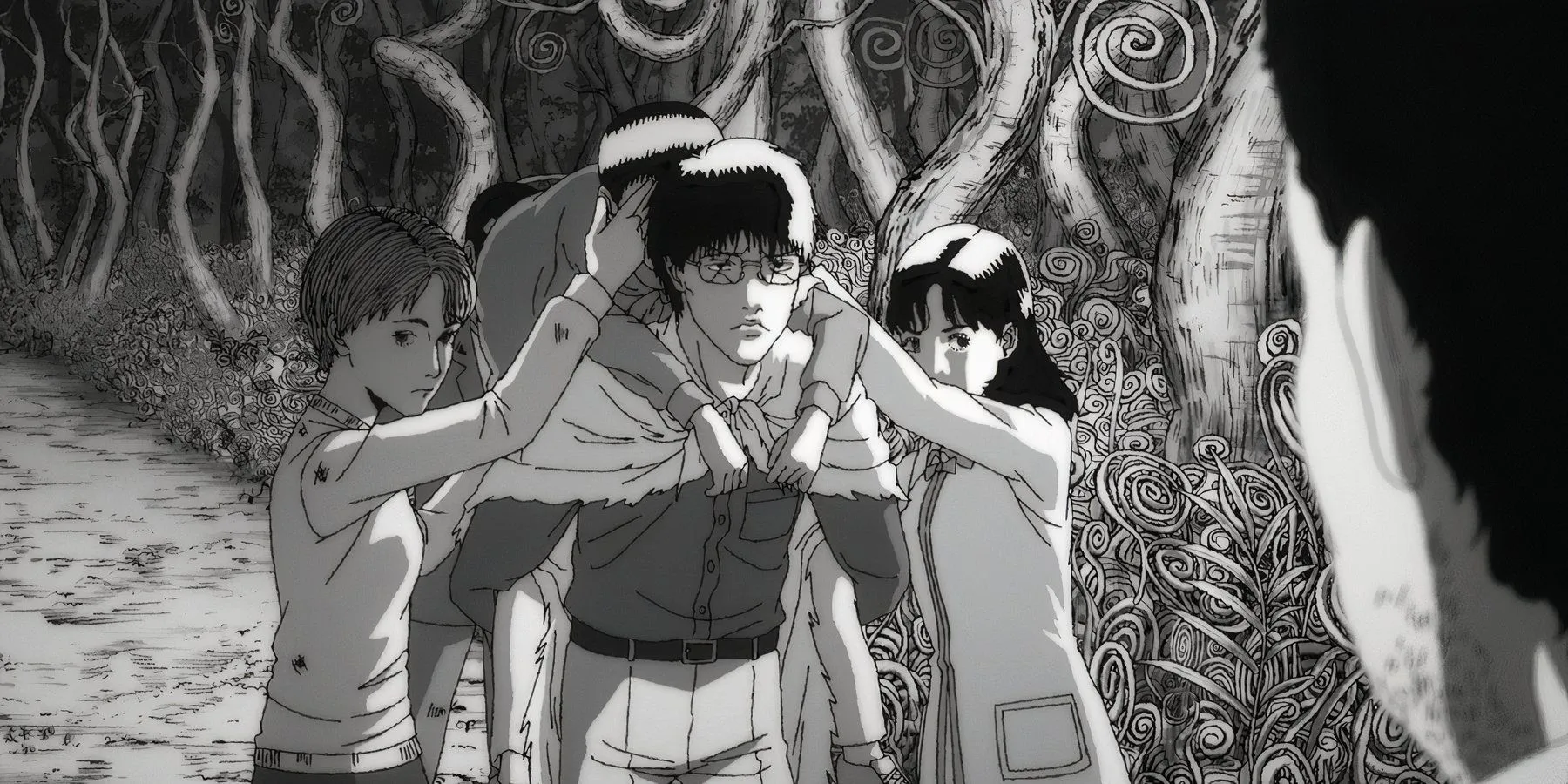
Initially, fans expressed enthusiasm for the animation quality in the debut episode. Studio Drive’s rotoscoping technique for the human characters, combined with striking visuals, created an unsettling ambiance that enhanced the story’s darker elements. The characters appeared to spring to life from the pages of Ito’s manga, their fearful expressions rendered beautifully, thanks in no small part to a talented voice cast bringing Kirie and Shuichi to life.
However, hopes quickly dissipated with the arrival of episode two, which delivered some of the most disappointing animation seen in recent anime history. Fans described it in derogatory terms, and even the term “PNG animation”would be an improvement over what was presented. Episode three showed a minor uptick in quality, yet it was still evident that the same studio responsible for the lackluster second episode was at the helm, ensuring that the initial magic of the first episode would not return.
Subsequent episodes occasionally showed slight enhancements in animation, but they fell woefully short of the standards anime enthusiasts expect. The discrepancy becomes glaring when contrasting Uzumaki: Spiral Into Horror with contemporaneous titles like Bleach: Thousand-Year Blood War, Re: Zero, and Dragon Ball: Daima, which boast exceptional animation quality. Given the five years of production struggles, and the high expectations set by earlier promotional material, this series feels like a lost opportunity.
This project marked another foray by Adult Swim into the realm of anime. After the overwhelming failures of Ninja Kamuy and the Rick & Morty anime, the initial projects don’t seem promising. While it is challenging to place full blame on Adult Swim, numerous variables affect the quality of anime production, and the network’s reputation may inevitably be tarnished.
Sound and Music: An Auditory Spiral
One Bright Spot
Colin Stetson’s contributions to the series deserve recognition beyond his previous musical endeavors, as his work serves as the standout feature of the show. His haunting compositions effectively elevate what could otherwise be an entirely underwhelming production. The eerie undertones of his score linger throughout the narrative, creating a sense of dread that wraps itself around the viewer like a tightening noose. Unlike soundtracks in other anime, Stetson’s music is intricately designed to carry the story’s emotional weight.
The sound design complements the score, enhancing the viewer’s discomfort. While the best moments amplify the surreal visuals perfectly, there are instances where it leans toward the comedic side. Some sequences across the four episodes assault the senses with a jarring blend of visuals and audio. Although the majority of the sound design is commendable, its occasional shortcomings are glaringly evident.
It feels as though specific sounds were meticulously crafted for key scenes, while others relied heavily on generic stock sounds typically found in amateur productions. This inconsistency creates a disconcerting juxtaposition that can venture into the realm of absurdity. This inconsistency aligns with the erratic animation quality; it appears that Stetson remained the sole continuous element of excellence.
Directorial Choices: A Questionable Turn
The Absence of Nagahama
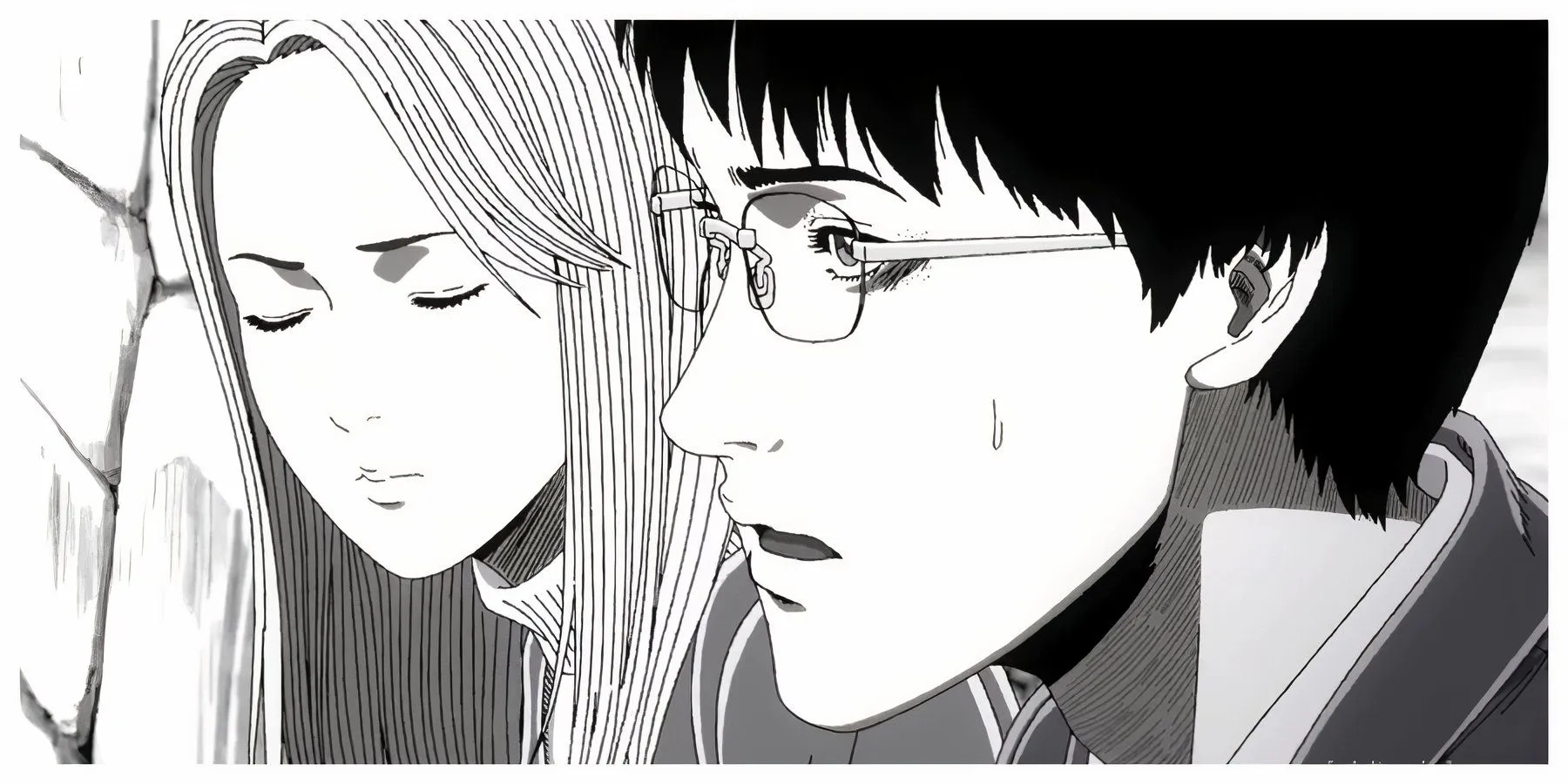
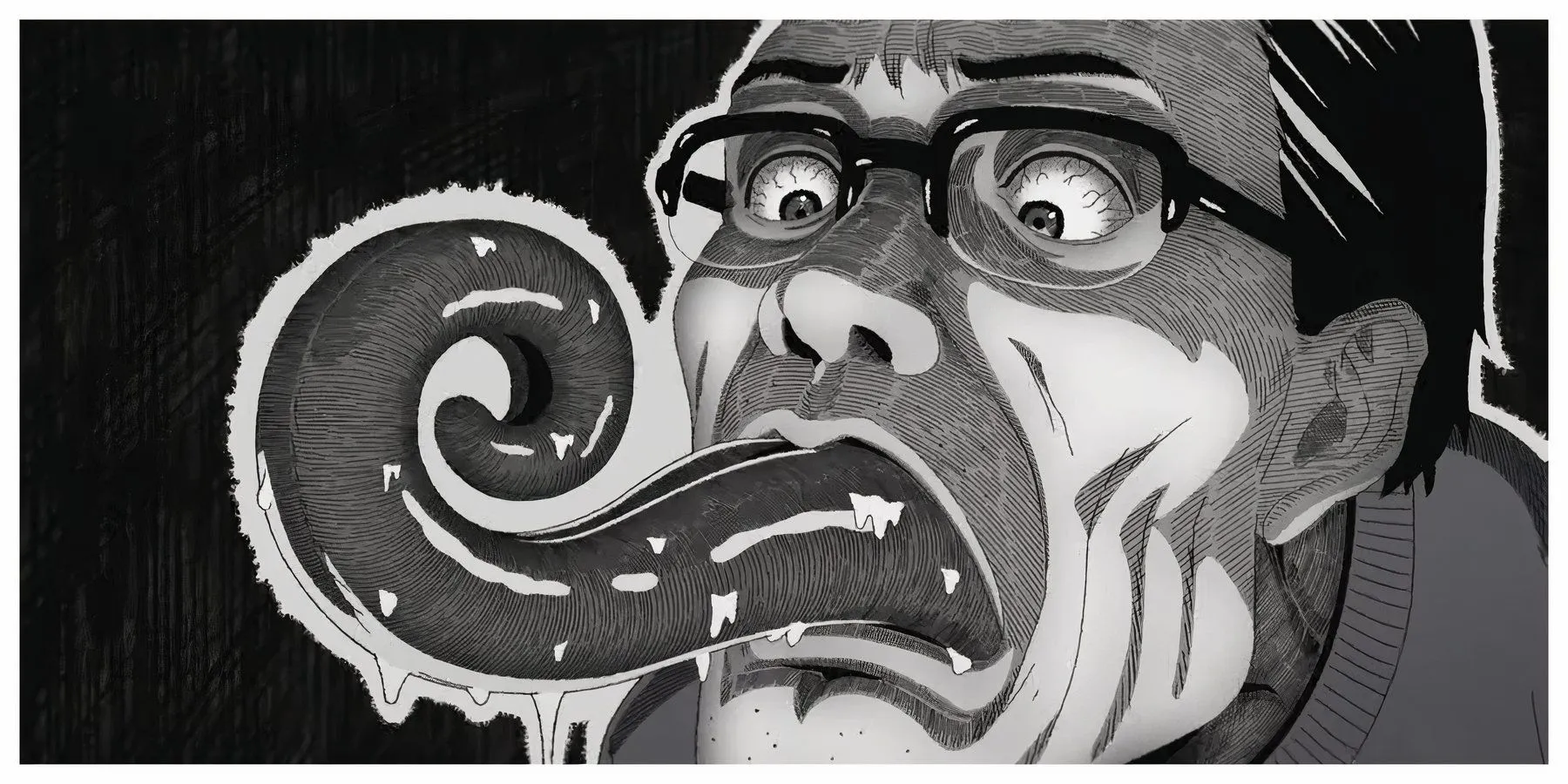
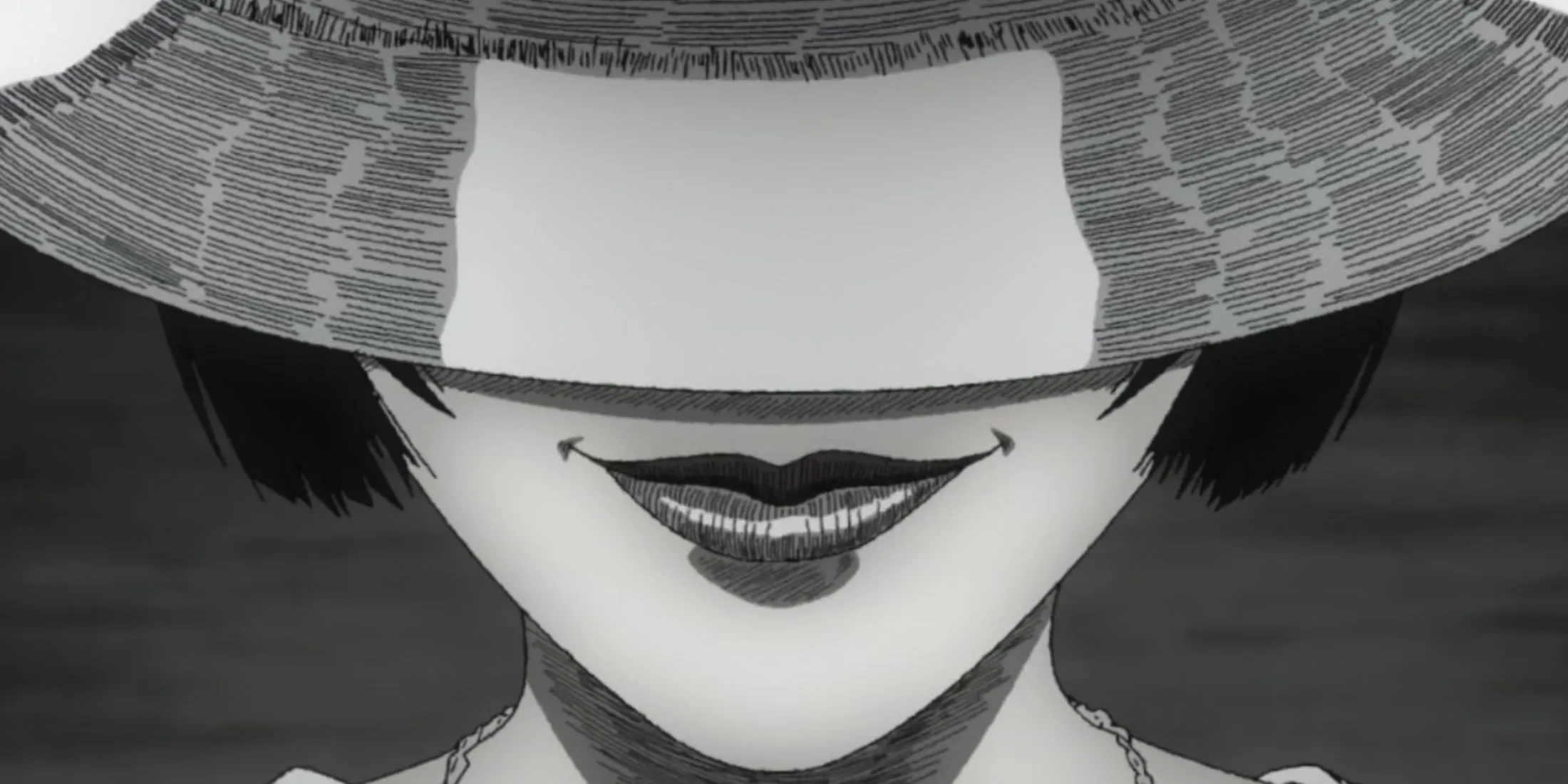
Fans were initially filled with hope thanks to the involvement of prominent director Hiroshi Nagahama. Recognized for acclaimed works like Mushi-Shi, his directorial skills shone through clearly in the first episode. He adeptly captured the essence of Junji Ito’s chilling narrative, maintaining a sense of tension that kept viewers on edge as they experienced the horror stemming from the Spiral Curse.
After his departure, the contrast became starkly apparent. The subsequent episodes suffered from awkward storytelling that felt contrived and rushed. With a conscious shift to hasten the pacing of each episode, the unfolding events lacked the terror intended, instead coming off as almost absurd. As simultaneous occurrences unfolded, the characters seemed hardly to register the appalling events they were embroiled in. Although the original manga often presented its stories episodically, adapting multiple chapters within a single episode only added to the chaotic disorder.
This series serves as a further testament to the immense challenge of transforming Junji Ito’s unique narratives into animated form. His surreal tales thrive on his remarkable ability to craft both suspenseful plots and haunting illustrations. However, adapting these elements effectively into anime necessitates a skilled writer, director, and animation studio—an endeavor that has proven almost unattainable. While episode one may stand as the closest attempt at a true adaptation of Ito’s work, the following episodes merely perpetuate the prevailing curse.




Leave a Reply